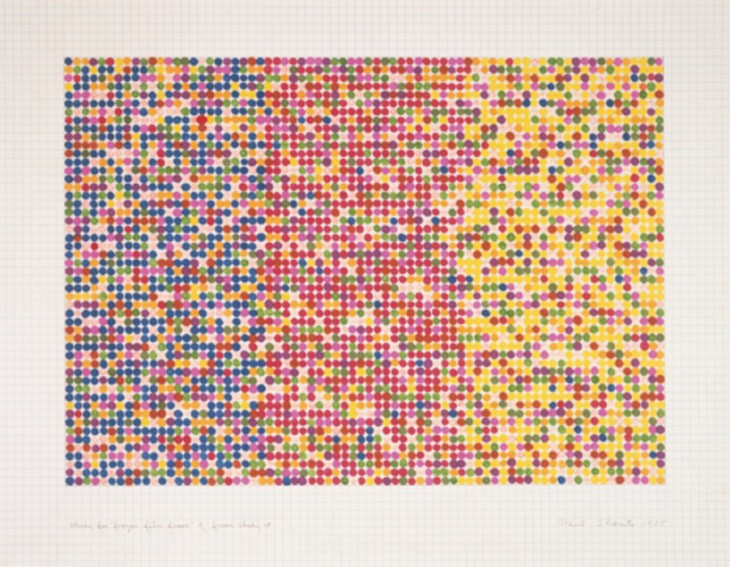The essay written by Manuel DeLanda in discusses the genesis of form, according to the philosophy of Gilles Deleuze. Matter, for Deleuze, has spontaneous behavior (inertia) and the resources involved in the genesis of form are immanent to matter itself. Examples of form genesis in nature help to understand that the two factors governing the creation of the differentiated instantiations are mathematics and thermodynamics. Difference in “intensity” provides the energy flow from which form emerges. The two basic types of structures, for Deleuze, are the “strata” and the “self-consistent aggregates”, or the “tree” and the “rhizomes”. Both result in isomorphic actual forms, but the one has to do with the synthesis of homogenous elements while the other explains the consolidation of heterogeneous elements. These principles that organize socio-technics, biological and molecular structures can be distilled into diagrams that can be used to govern virtual meshworks and other genesis.
All texts of the assignment deal, in a way, with the creation of form. Deleuze’s philosophical study on rhizomes explains their form structure principles. Their creation and evolution seems random, but follows certain notable rules. Thomson investigates shapes and their alternations. Forms found in nature can be analyzed on grid systems and their variations can be categorized and reproduced by specific mathematical transformations. Johnson examines ant colonies and their strategy of creation. Each ant has a particular role in the formation of an overall complex structure. Negroponte searches for the ideal architectural design tool. Almost prophetically, he envisions a Machine that will work with the architect and will calculate anything he himself is not able to. Finally, Schumaker talks about parametrics as an architectural style. How pure mathematic calculations can lead to the creation of complex forms and why this technology has such impact on contemporary architecture.
Form creation in nature can be seen emerging in many different, yet specific morphological patterns. These patterns vary, transform, coexist and evolve, and are found in all life forms. From simple to understand structures, like the nautilus shell, to complex ones, like a tree, patters are ubiquitous. As digital logics deal with parametrics, these patters could be studied, reproduced, simplified and explained with the help of digital tools. This analysis could be an interesting field of study that would explain why certain patterns best suit specific functions and climates. This can inspire us on their application in architecture, so that a choice of a pattern that will govern the architectural design of a building can be a matter, not only of aesthetics, but also of its function and position.
 Paul Sharits – Study for Frozen Film Frame of Frame Study 15, 1975 (source: http://www.artslant.com)
Paul Sharits – Study for Frozen Film Frame of Frame Study 15, 1975 (source: http://www.artslant.com)
